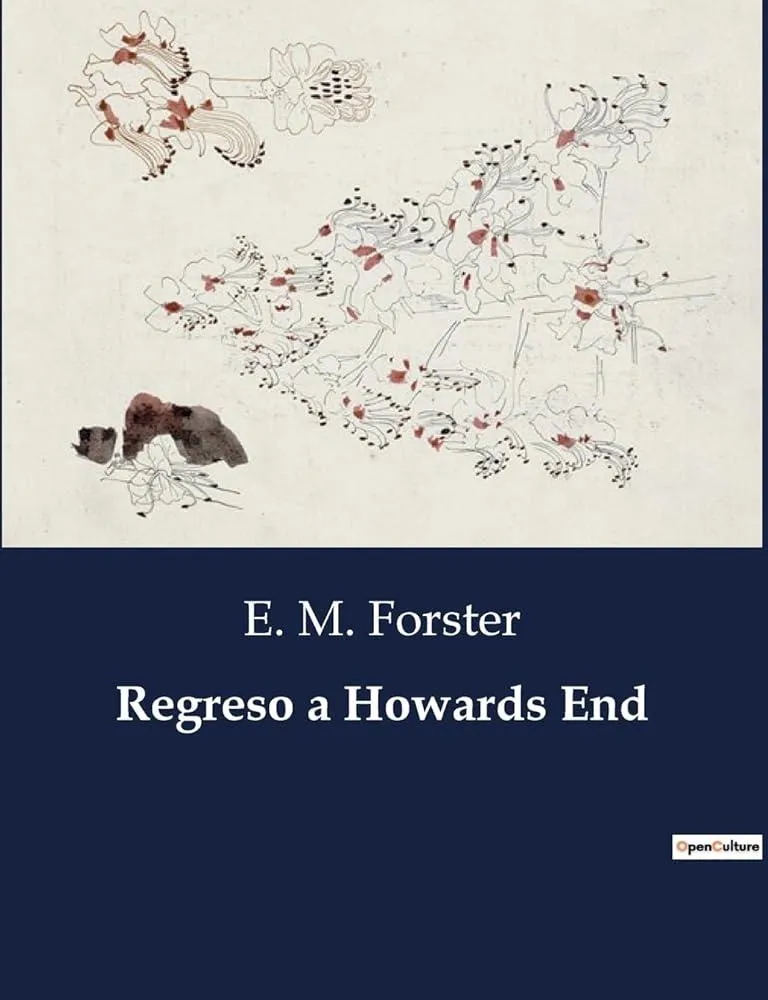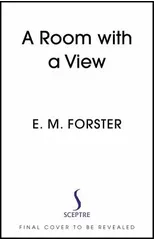Esta historia podría empezar con una carta de Helen a su hermana. Howards End. Martes. Queridísima Meg: Esto no tiene nada que ver con lo que nos habíamos imaginado. La casa es vieja, pequeña, de ladrillo rojo y, en conjunto, una delicia. Apenas cabemos y no sé lo que va a pasar cuando mañana llegue Paul, el hijo menor. A derecha e izquierda del vestíbulo están el comedor y el saloncito. El mismo vestíbulo es prácticamente una habitación más. Una puerta da a la escalera que sube por una especie de túnel al piso de arriba. En el piso de arriba hay tres dormitorios en hilera y, sobre cada dormitorio, una buhardilla. A decir verdad, la casa no acaba ahí, pero eso es todo lo que se ve: nueve ventanas según se mira desde el jardín.
E M Forster
E. M. Forster (1879-1970) was an English novelist known for his exploration of class differences and human relationships. His most notable works include "A Room with a View," "Howards End," and "A Passage to India." Forster's writing style is characterized by its clarity, wit, and insight into the complexities of human emotions. He is credited with portraying the inner lives of his characters with sensitivity and depth. Forster's contributions to literature include his exploration of themes such as imperialism, social injustice, and the struggle for personal freedom. His most famous work, "A Passage to India," is considered a masterpiece of modernist literature and continues to be studied and celebrated for its poignant portrayal of the clash between British colonizers and Indian natives. Forster's work has had a lasting impact on the literary genre of the novel, influencing generations of writers with his thoughtful exploration of the human experience.





